#gothic architecture
Explore tagged Tumblr posts
Text
Favourite kind of church <3

3K notes
·
View notes
Text

Where saints lie
♱
#goth design#goth#gothic#gothgoth#gothcore#goth aesthetic#cathedral#catholic#catholiscism#gothic architecture#architecture#dark core gothique#dark aesthetic#chruch#relgion#religous trauma#religous horror#religous themes#dark academia#dark coquette#darkcore#darkwave#grunge#grungy aesthetic#girlblogging#alternative#alt aesthetic#whimsigoth#silent hill#dark fantasy
72 notes
·
View notes
Text




Saints Peter and Paul Basilica (Bazilika svatého Petra a Pavla)
Prague, Czechia
Feb. 2023
#prague#praha#travel#original photography#photographers on tumblr#photography#lensblr#wandering#architecture#architecture photography#historical architecture#church#church architecture#church photography#czechia#czech republic#gothic#gothic architecture#neo gothic#wanderingjana
46 notes
·
View notes
Text
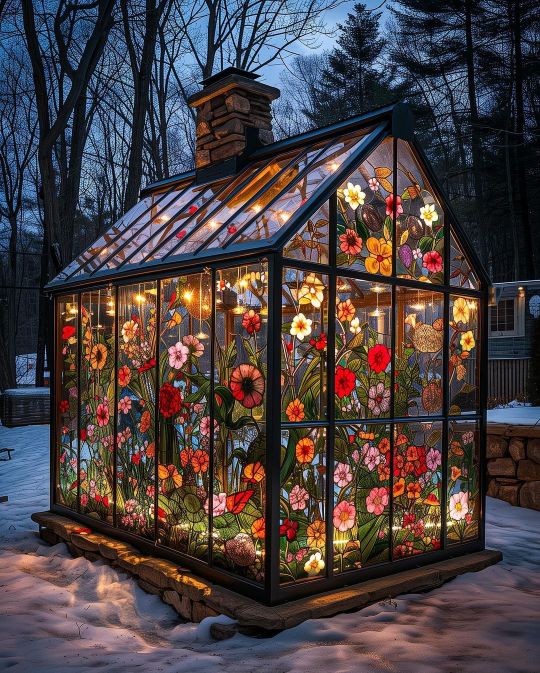
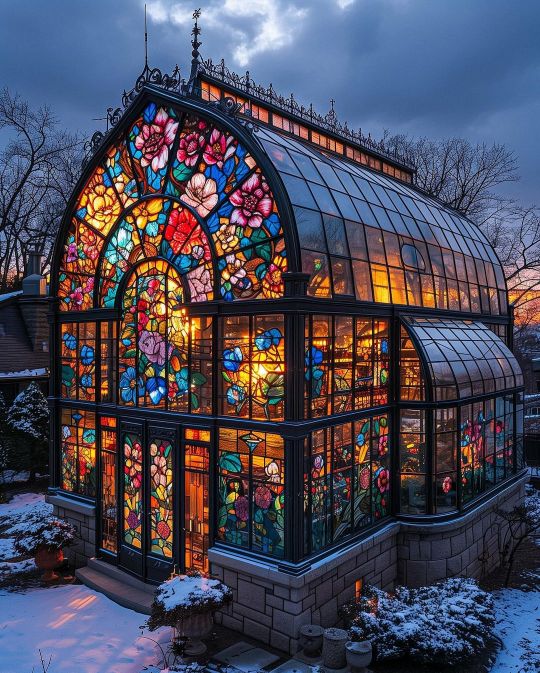
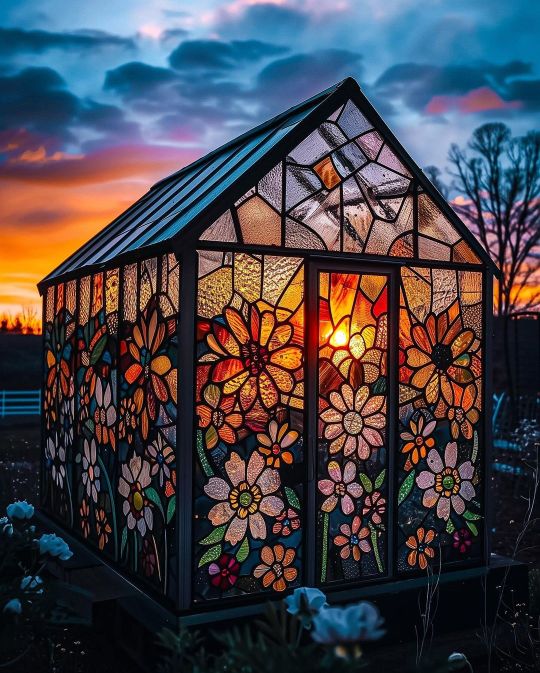
#landsccape#paradise#nature#adventure#explore#travel#travelling#cottagecore#naturecore#aesthetic#photography#landscape#art#arhitecture#gothic architecture#gothic#chaotic academia#photographers on tumblr#dark acadamia aesthetic#cottage witch#flowers#curators on tumblr#home decor#home lifestyle#desing#fashion#alternative#scenery#moodboard#full moon
62K notes
·
View notes
Text



unknown artist
#goth#gothic#dark aesthetic#art#artwork#romantic goth#dark art#gothic art#dark fantasy#gothic castle#dark core gothique#dark gothic#goth aesthetic#goth art#gothcore#gothic aesthetic#gothic architecture#vampire goth#dark beauty#dark#skull
10K notes
·
View notes
Text

#goth#goth aesthetic#alt girl#alt aesthetic#spooky#macabre#goth girl#goth babe#bats#cats#cave#alternative#altfashion#dark aesthetic#grunge#grungy aesthetic#romantic goth#gothcore#gothic architecture#gothic
8K notes
·
View notes
Text
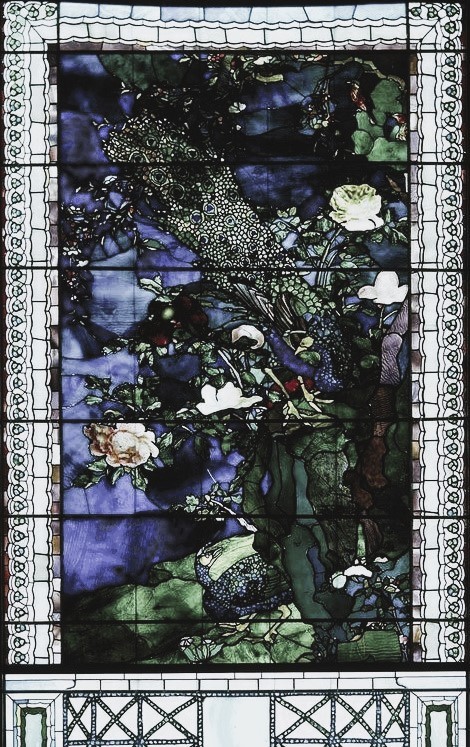
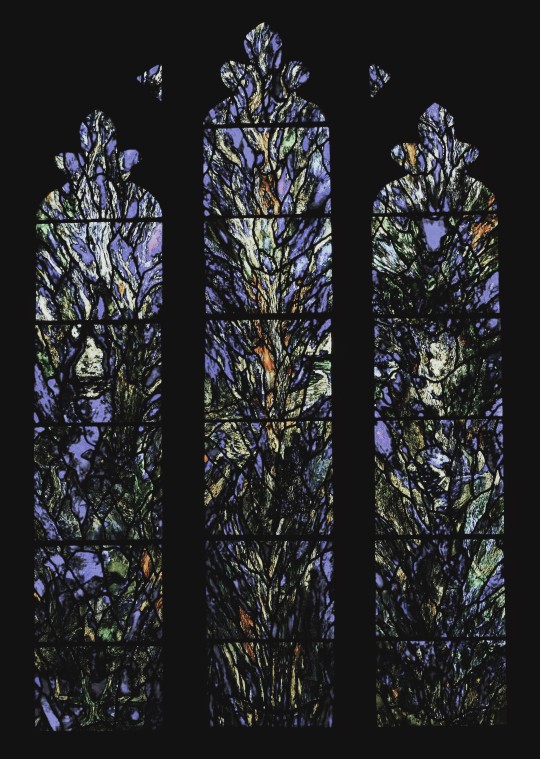

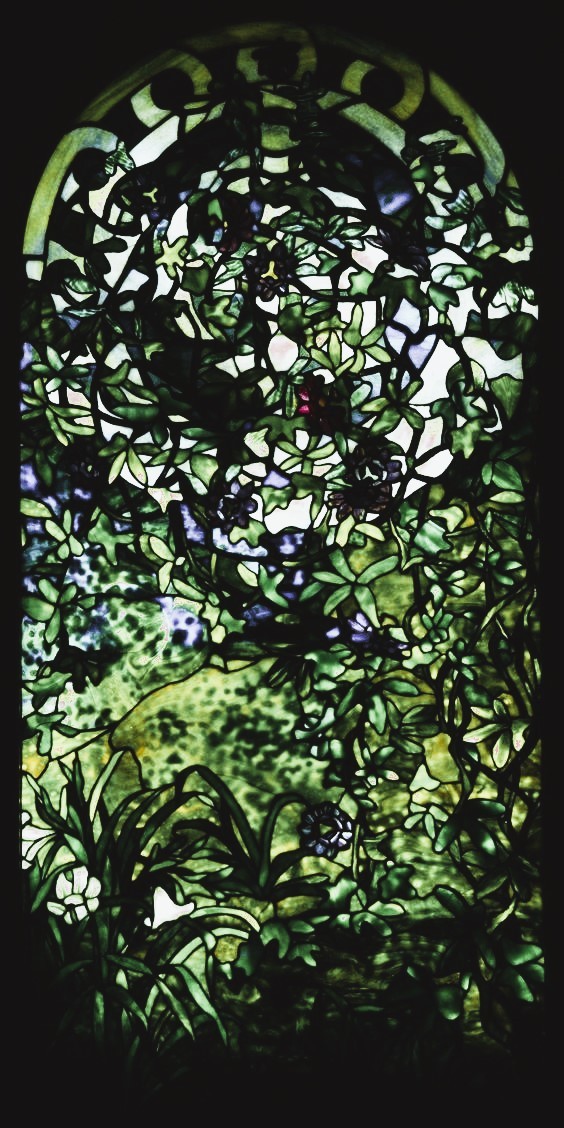


#whimsigothic#whimsigoth#gothic#goth#gothic architecture#art#cathedral#gothic cathedral#art nouveau#stained glass#mosaic#mosaique#art deco#vintage#stained#decor#gothic decor#art nouveau decor#interior#architecture#edited
64K notes
·
View notes
Text

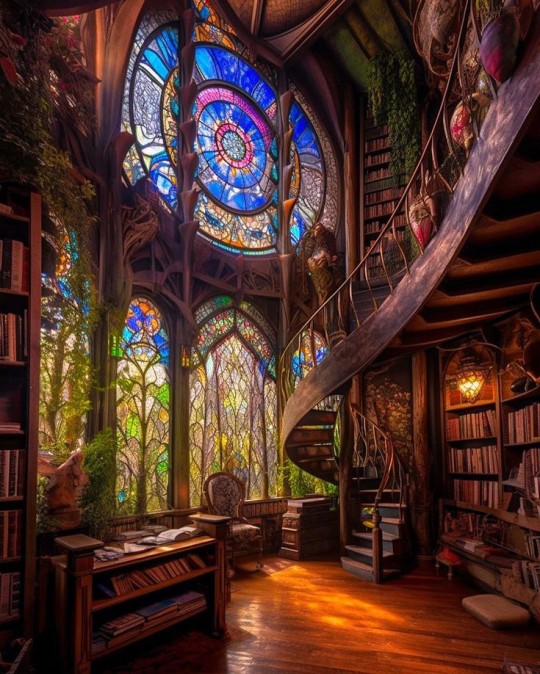
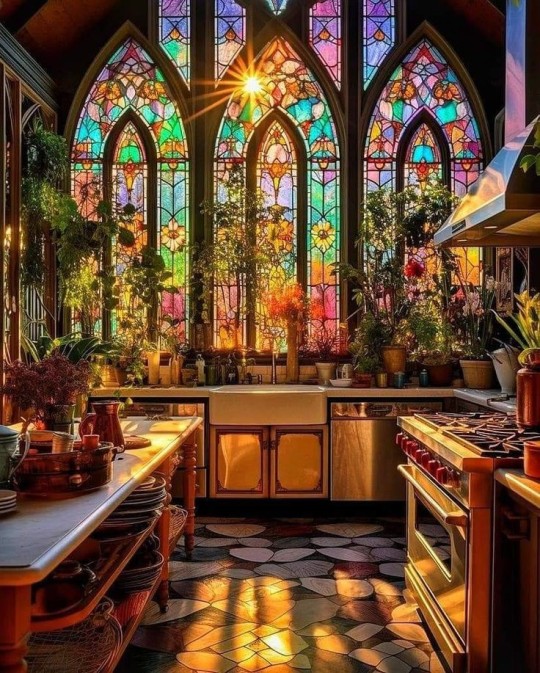
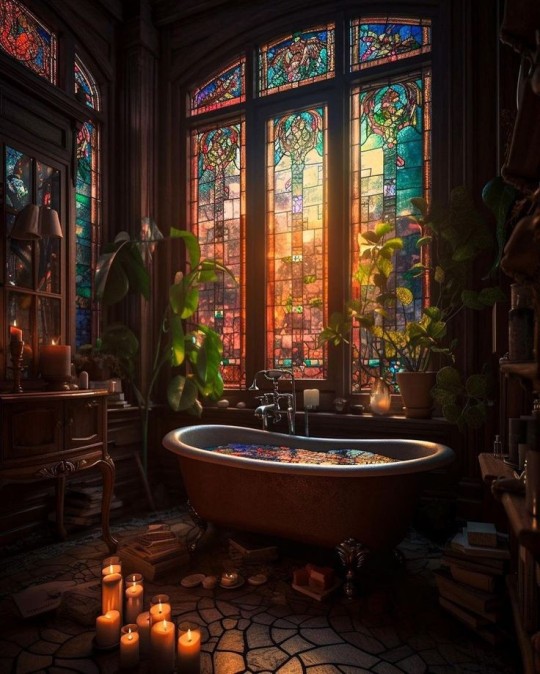
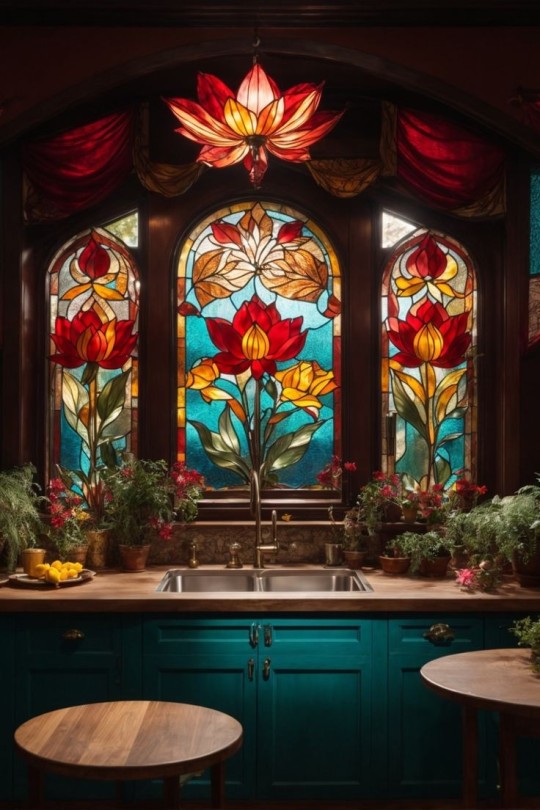
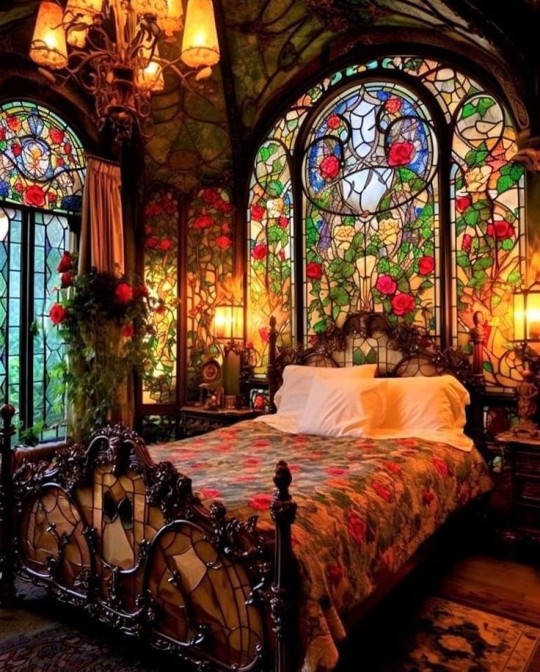
#landsccape#paradise#nature#adventure#explore#travel#travelling#inspiration#motivation#photography#aesthetic#cottagecore#naturecore#flowercore#flowers#chaotic academia#dark academia aesthetic#photographers on tumblr#architecture#gothic architecture#farmcore#artists on tumblr#curators on tumblr#cottage witch#cottage garden#country cottage#cozycore#landscape#art#home decor
16K notes
·
View notes
Text

#house#abandoned#goth aesthetic#gothic architecture#victorian era#victorian style#victorian architecture
4K notes
·
View notes
Text





Cc: to the owner
#fyppage#gothic#darkness#late night#night sky#vampire#witchcraft#halloween#darkcore#dark moon#dark art#witch craft#witchythings#vampire core#gothic architecture#gothic aesthetic#gothcore#goth aesthetic#bats#cemetry#halloween aesthetic#spooky#spooky aesthetic#full moon#foggy forest#autumn aesthetic#dark core#dark sky#castle#dark castle
6K notes
·
View notes
Text
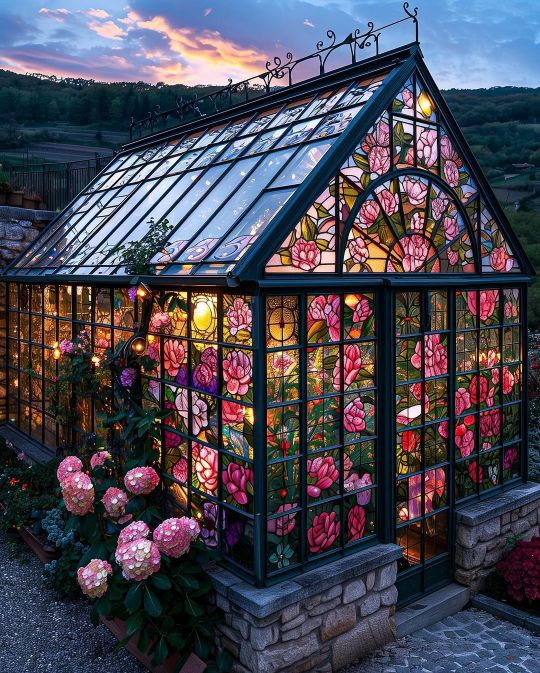



#landsccape#paradise#nature#adventure#explore#travel#travelling#naturecore#cottagecore#landscape#farmcore#flowercore#flowers#aesthetic#photography#cottage witch#cottage garden#country cottage#cozycore#cottage aesthetic#photographers on tumblr#dark acadamia aesthetic#full moon#clouds#curators on tumblr#artists on tumblr#architecture#garden#gardencore#gothic architecture
10K notes
·
View notes
Text
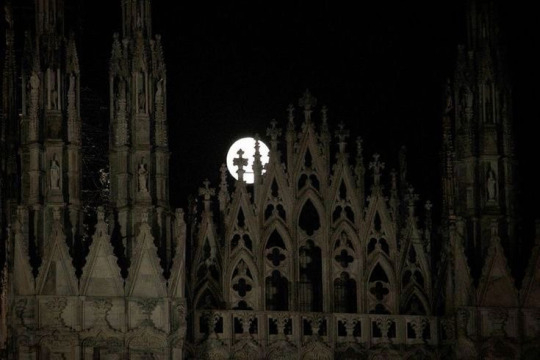
4K notes
·
View notes
Text

#goth#gothic#goth aesthetic#gothic architecture#gothic cathedral#dark aesthetic#darkness#witchcore#grunge
2K notes
·
View notes
Text

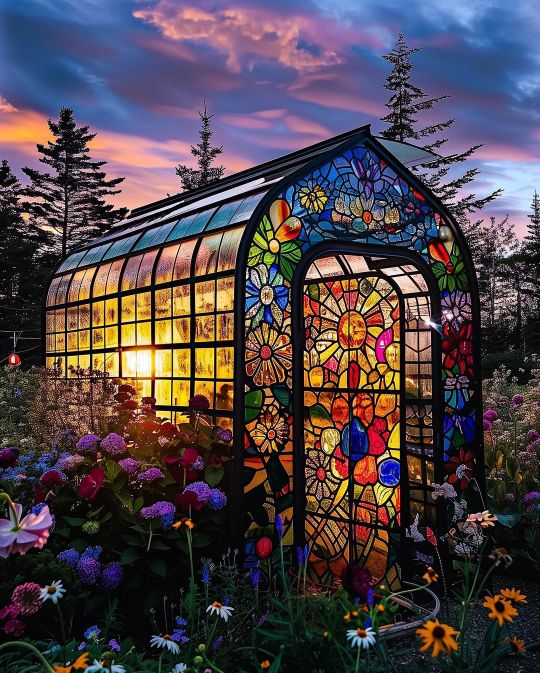
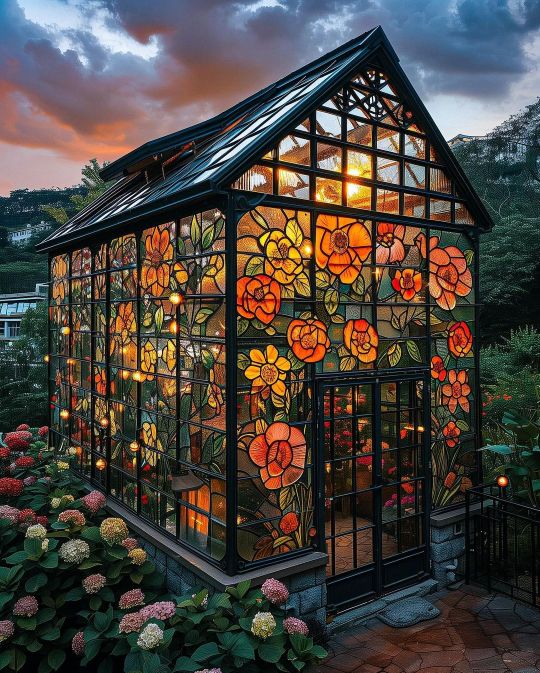
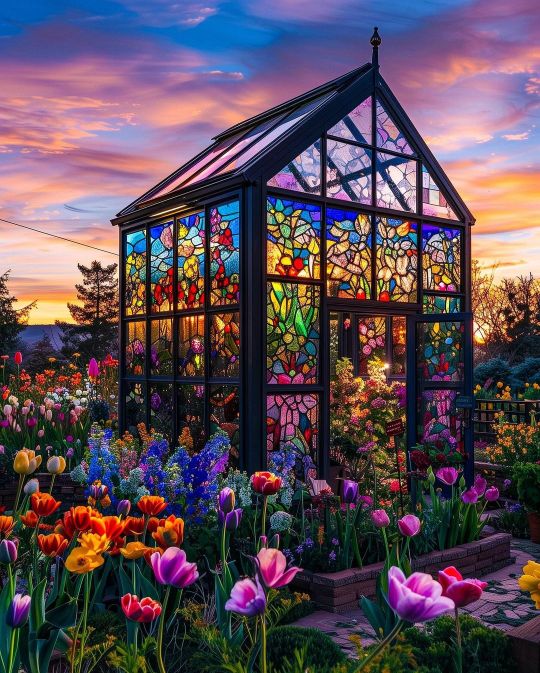
#landsccape#paradise#nature#adventure#explore#travel#travelling#cottagecore#naturecore#photography#aesthetic#landscape#garden#gardencore#cottage garden#cottage witch#country cottage#flowercore#flowers#flower#farmcore#curators on tumblr#photographers on tumblr#dark acadamia aesthetic#gothic#gothic architecture#architecture#mountains#inspiration#motivation
10K notes
·
View notes
Text

credit- @nonalimmen
#romantic gothic#gothic cathedral#goth aesthetic#gothic architecture#gothic#goth#architecture#dark aesthetic#darkness#dark
2K notes
·
View notes